Pulp and Paper Manufacturing Process: Main Stages and Functions
The pulp and paper manufacturing process is relatively complex, but it can generally be divided into two main sections: Pulping and Papermaking.
I. Pulping Process and Stage Functions
The objective of pulping is to separate cellulose fibers from raw materials and obtain pulp suitable for papermaking. Common raw materials include wood, grasses, and waste paper.
1.Raw Material Preparation
- Operations: debarking, chipping, washing.
- Function: Ensure uniform raw material size and remove sand, dirt, and other impurities.
2.Cooking / Chemical Treatment
- Methods: chemical processes such as Kraft (sulfate) or sulfite pulping, or mechanical pulping.
- Function: Dissolve lignin and release cellulose fibers.
3.Washing and Screening
- Process: wash pulp with water and remove oversized particles through screening.
- Function: Improve pulp cleanliness and ensure paper quality.
4.Bleaching (Optional)
- Chemicals: oxygen, hydrogen peroxide, chlorine dioxide, etc.
- Function: Increase pulp brightness, suitable for producing cultural paper and printing paper.
5.Refining (Beating)
- Process: mechanical treatment of fibers in refiners.
- Function: Improve fiber flexibility and bonding ability, enhancing paper strength.
II. Papermaking Process and Stage Functions
After pulping, the fiber slurry is further processed into finished paper.
1.Stock Preparation and Mixing
- Process: pulp is mixed with fillers (e.g., calcium carbonate, talc) and additives (sizing agents, strength agents, dyes, etc.).
- Function: Improve the physical properties of paper, such as strength, stiffness, smoothness, water resistance, and color.
2.Forming
- Process: slurry is fed into the forming section (Fourdrinier or cylinder machine), fibers deposit on the wire, and water drains out to form a wet web.
- Function: Establish the initial paper sheet structure.
3.Pressing
- Process: the wet web passes through press rolls to squeeze out water.
- Function: Reduce water content and increase sheet density.
4.Drying
- Process: the paper web passes over a series of steam-heated drying cylinders.
- Function: Reduce moisture content to the required level (typically 5–8%).
5.Calendering
- Process: the paper passes through calender rolls.
- Function: Improve surface smoothness, gloss, and thickness uniformity.
6.Reeling / Cutting
- Process: the dried paper is wound into large rolls or cut into sheets according to specifications.
- Function: Produce the final product, ready for packaging and use.
III. Summary
- Pulping process: Raw material preparation → Cooking → Washing & Screening → Bleaching → Refining.
- Papermaking process: Stock preparation → Forming → Pressing → Drying → Calendering → Reeling / Cutting.
Zhengzhou Yunda Paper Machinery Co., Ltd. is a professional company specializing in the development and production of waste paper pulping and papermaking equipment. Our main products include waste paper pulping equipment, Slat conveyor, D-type pulper, High consistency pulper, Mid consistency pulper, Drum pulper, Bale breaker, Pressure screens, and complete pulping equipment systems. We aim to satisfy you with high-quality products and excellent services.
Case
-
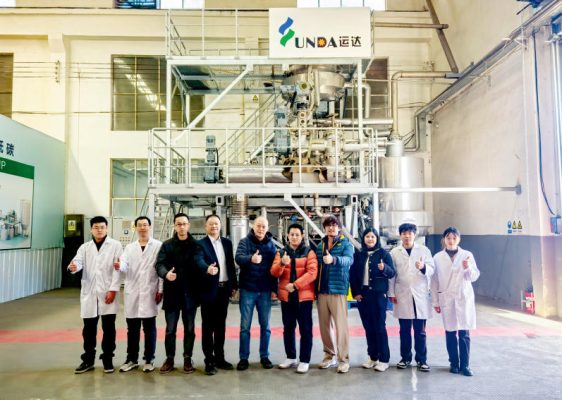 Smooth Shipment of Complete Thermo Mechanical Pulping Equipment for Thailand Precise Molding Project
Smooth Shipment of Complete Thermo Mechanical Pulping Equipment for Thailand Precise Molding Project
-
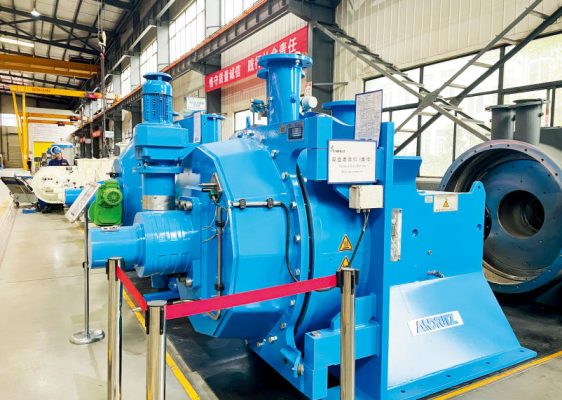 Successful Delivery of the Refiner Repair Project Between Yunda and Guangzhou Paper Group
Successful Delivery of the Refiner Repair Project Between Yunda and Guangzhou Paper Group
-
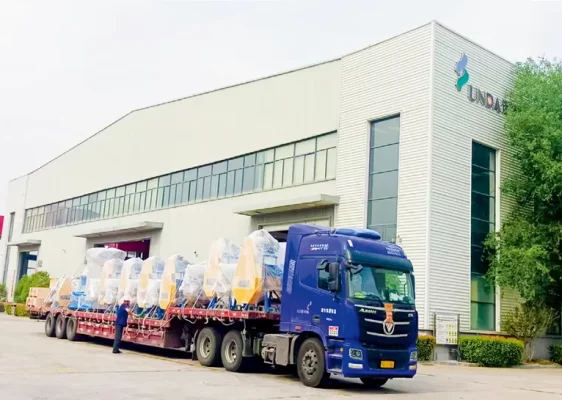 100,000 Tons Per Year Cultural Paper Project in Ethiopia
100,000 Tons Per Year Cultural Paper Project in Ethiopia
-
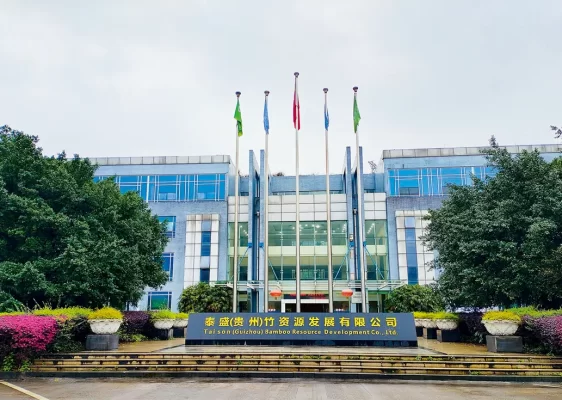 Taison (Guizhou) 160,000 tons tissue paper project
Taison (Guizhou) 160,000 tons tissue paper project
-
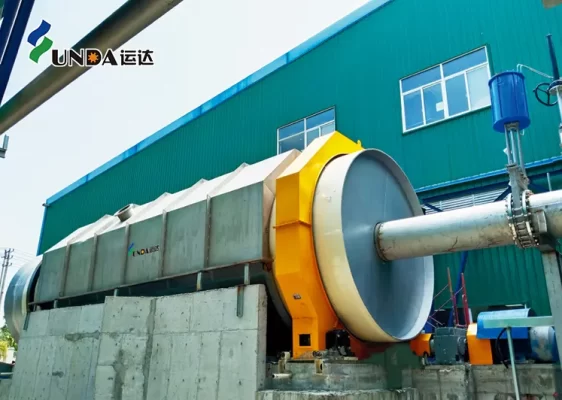 Taison Tissue Paper Project
Taison Tissue Paper Project
-
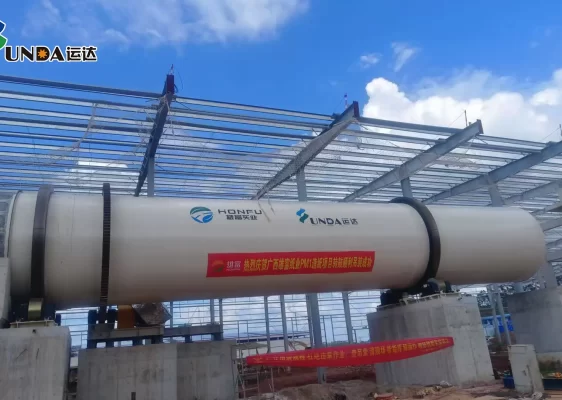 Guangxi Xiongfu Paper Project
Guangxi Xiongfu Paper Project
-
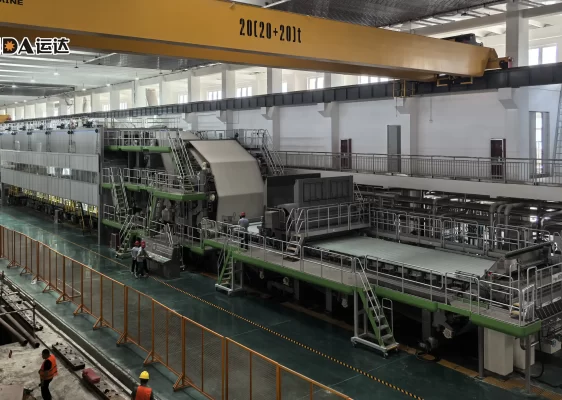 Jincailun Paper PM18 Cultural Paper Project
Jincailun Paper PM18 Cultural Paper Project
-
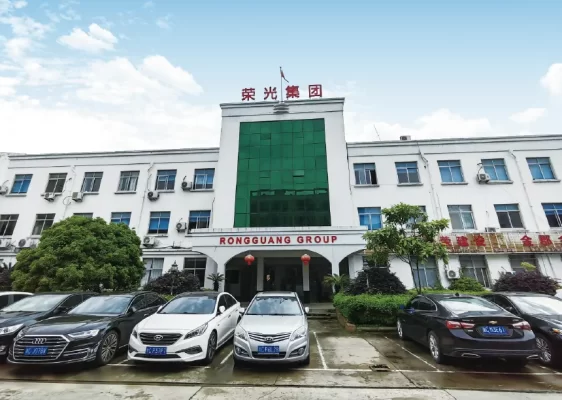 Rongwei Industrial’s 120,000-Ton Packaging Paper Project in Cambodia
Rongwei Industrial’s 120,000-Ton Packaging Paper Project in Cambodia
-
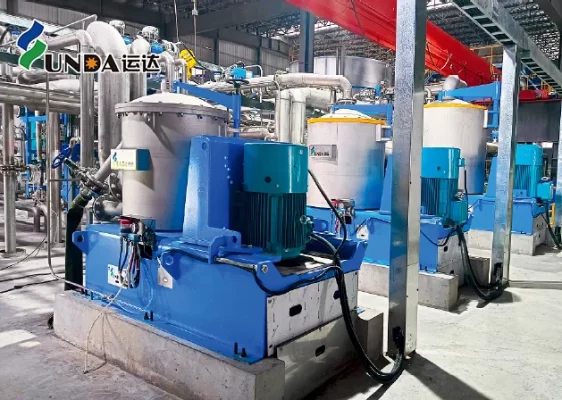 Lopie Paper 80,000-ton tissue paper project
Lopie Paper 80,000-ton tissue paper project
-
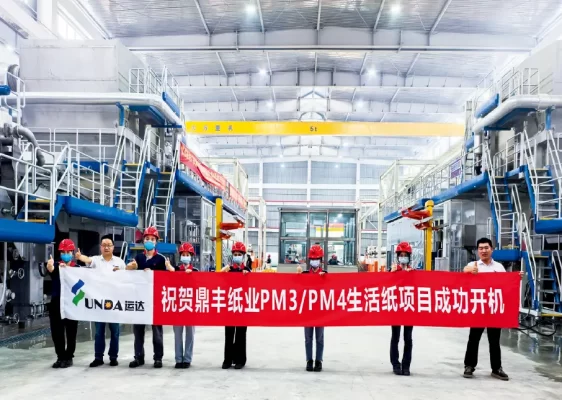 Guangdong Dingfeng Paper PM3 and PM4 tissue paper project
Guangdong Dingfeng Paper PM3 and PM4 tissue paper project
